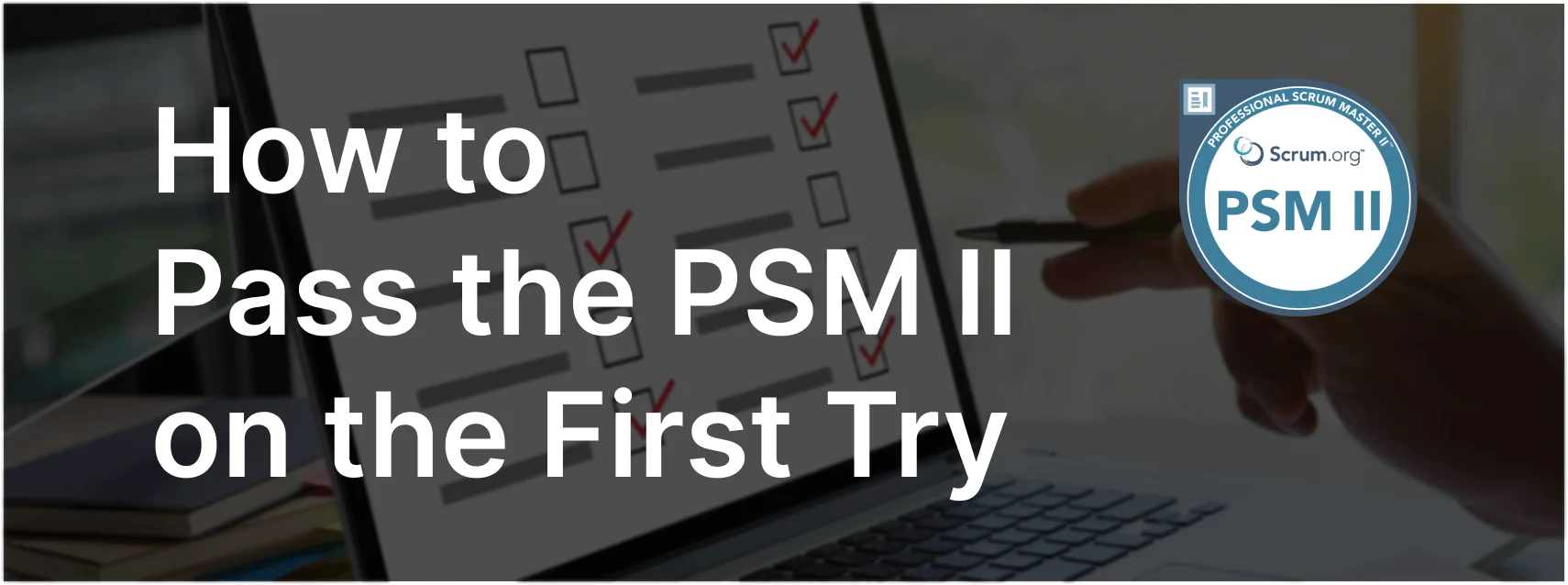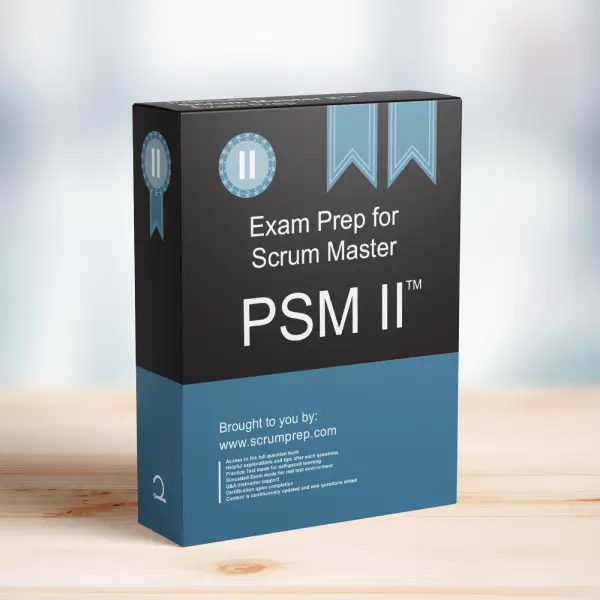Coordinating Multiple Scrum Teams for an Integrated Increment
When multiple Scrum Teams work from the same Product Backlog, the primary concern is ensuring that their work can be integrated into a single, releasable Increment by the end of the Sprint. This article addresses a specific exam question related to this scenario, providing insights and explanations relevant to the PSM II exam.
Exam Question
What is the primary concern when multiple Scrum Teams work from the same Product Backlog with the goal of creating an integrated, releasable Increment by the end of their Sprint? (choose the best answer)
- A. Clearly defining all requirements three Sprints ahead.
- B. Making sure there’s enough work for everyone on every team.
- C. Maximizing velocity.
- D. Minimizing dependencies between teams.
Correct Answer
D. Minimizing dependencies between teams.
Explanation
Why D is Correct
Minimizing dependencies between teams:
When multiple Scrum Teams are working on the same product, dependencies between teams can create bottlenecks and integration challenges. Minimizing these dependencies ensures smoother coordination and integration of work, leading to a cohesive and releasable Increment at the end of the Sprint. It helps teams work more independently, reducing the risks associated with inter-team dependencies and potential delays.
Incorrect Answers
A. Clearly defining all requirements three Sprints ahead:
While planning ahead can be helpful, Scrum emphasizes adaptability and responding to change over following a fixed plan. Clearly defining all requirements far in advance contradicts the iterative and incremental nature of Scrum.
B. Making sure there’s enough work for everyone on every team:
The focus should be on delivering valuable increments rather than simply keeping everyone busy. Work allocation should be guided by the goal of creating a releasable Increment, not just ensuring that everyone has something to do.
C. Maximizing velocity:
While velocity is a useful metric, the primary goal in Scrum is to deliver valuable, potentially releasable Increments. Focusing solely on maximizing velocity can lead to cutting corners and compromising quality.
Responsibilities in Scrum
- Product Owner: Ensures that the Product Backlog is well-ordered and that the highest-value items are prioritized. Works with the Scrum Teams to minimize dependencies and facilitate smooth integration.
- Scrum Master: Helps the teams identify and address dependencies. Facilitates communication and collaboration between teams to ensure they can work effectively towards a common goal.
- Developers: Collaborate across teams to manage dependencies and ensure their work can be integrated into a single, releasable Increment. They plan and coordinate their work to minimize inter-team dependencies.
Relevance to the PSM II Exam
Understanding the importance of minimizing dependencies between Scrum Teams is crucial for the PSM II exam. This knowledge demonstrates an advanced understanding of Scrum practices and the ability to manage complex product development efforts involving multiple teams.
Key Takeaways
- Minimizing dependencies between teams is essential for smooth coordination and integration.
- The focus should be on delivering a cohesive, releasable Increment rather than just maximizing velocity or keeping everyone busy.
- Effective communication and collaboration between teams are critical to achieving a successful integrated Increment.
Conclusion
When multiple Scrum Teams work from the same Product Backlog, the primary concern is minimizing dependencies between teams to ensure a smooth integration of their work into a single, releasable Increment. By focusing on this aspect, Scrum Teams can enhance their coordination and deliver valuable increments more effectively. For comprehensive preparation and practice exams, check out PSM II Exam Prep to enhance your understanding and application of Scrum principles.


